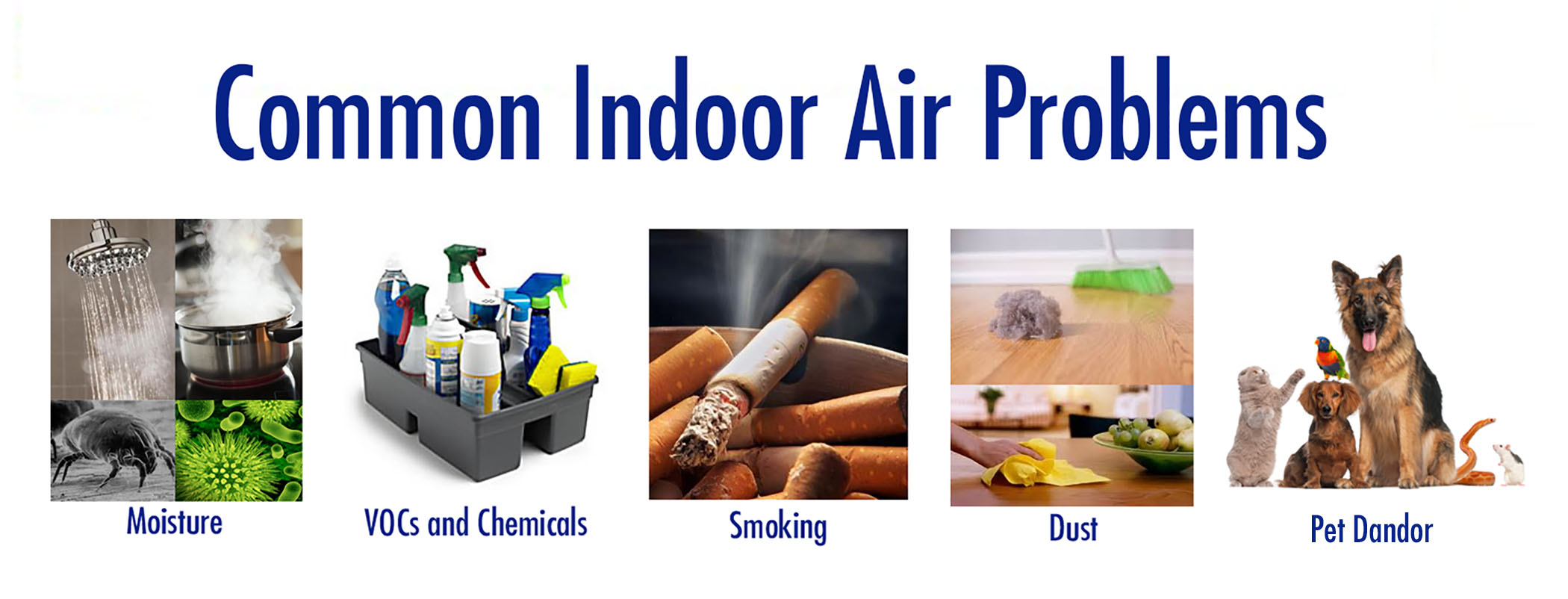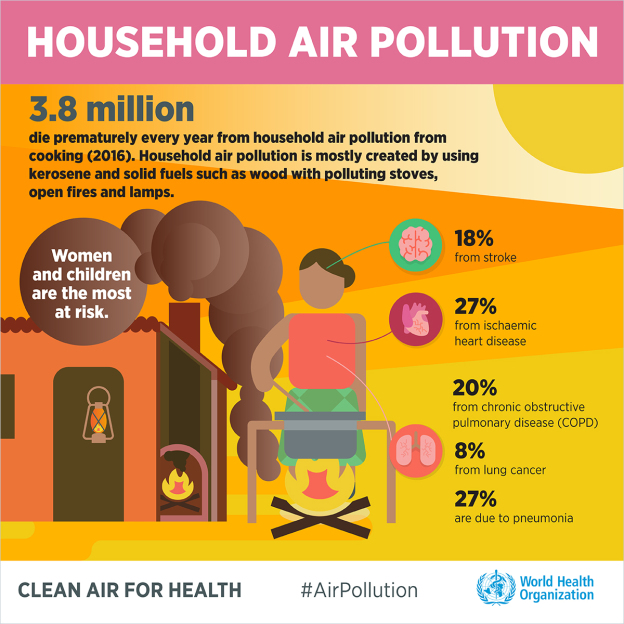What is the issue?
- The abysmal air quality in Delhi has confined the focus largely on ambient air pollution (AAP).
- But it is essential also to pay attention to the single largest source of air pollution which is the pollution from homes.
What is the shortfall in the approach?
- The problem of air pollution and its ill-effects on people has gained significant traction in the media.
- This is largely driven by the abysmal air quality in Delhi and the fact of Indian cities repeatedly topping global air pollution charts.
- Naturally, this has led the conversation to be primarily about ambient air pollution (AAP), particularly in urban areas.
- This has limited the focus to issues such as emissions from transport, crop burning, road dust, burning of waste and industries large and small.
- But household air pollution is the invisible factor increasing ambient air pollution and is the single largest cause of AAP.
- Burning of solid fuels such as firewood and dung-cakes, mainly for cooking, results in emissions of fine particulate matter.

How serious is household air pollution?
- Over 11 lakh deaths were attributable to ambient air pollution (AAP) in 2015.
- Of this, as many as 2.6 lakh were due to household air pollution (HAP).
- About 26% of particulate matter AAP was caused due to combustion of solid fuels in households.
- HAP is a major cause of mortality and morbidity in the country on its own.
- HAP by itself (apart from its 26% contribution to AAP) contributed to about 10 lakh deaths in 2010.
- It thus remains the second biggest health risk factor in India (in comparison, AAP is seventh).
- A 2017 study found that the 5 leading causes of mortality and morbidity in India are, respectively -
- ischemic heart disease
- chronic obstructive pulmonary disorder
- diarrhoeal diseases
- lower respiratory infection
- stroke
- Of these, there is strong and quantifiable evidence linking HAP to four causes, with diarrhoeal diseases being the exception.
- So the overall health impacts attributable to HAP are more than half the health impacts attributable to air pollution.

What does it call for?
- Households should predominantly use fuels that burn cleanly as even partial use of solid fuels can have significant health impacts.
- On the policy and programme front, a scheme such as Ujjwala for providing LPG connections is welcome.
- It is an important first step to tackle the problem, but it needs to be strengthened to improve affordability and reliability of supply.
- However, going beyond LPG, consumers should be given a wider choice of clean-burning options.
- Demand-side interventions are also critical -
- to encourage people to switch to cleaner options
- to address any behavioural or cultural barriers
- to track HAP and associated health impacts
- This requires a coordinated strategy involving multiple government agencies and programmes.
- It also requires setting well-defined targets for HAP and its associated health impacts, and having systems to monitor and publish them.
Source: Indian Express

